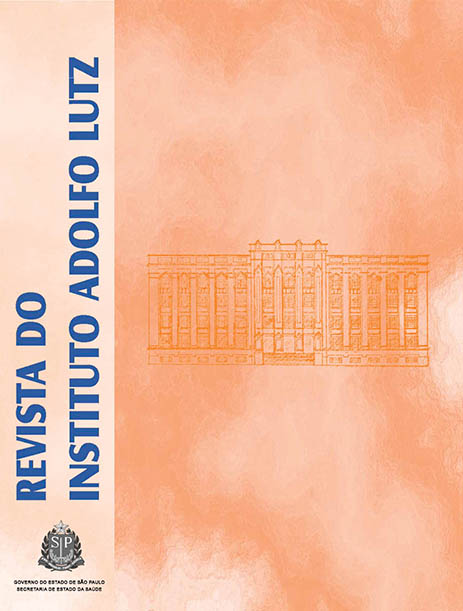Abstract
The search for healthier foods is increasing, mainly for the ones of vegetable origin, which are composed of substances that are beneficial to the organism. These substances, known as bioactive compounds, help reduce the risk of chronic degenerative diseases and others. Fruits are among these foods. However, there still is little information about the nutritional composition of certain fruits, especially regarding the nutritional value of the waste generated by their processing. Thus, this study aimed to analyze the proximate composition of seeds from Cucurbitaceae fruit family, grown in Brazil and to characterize their oils, in order to identify bioactive compounds for possible application in food. The seeds from Nova Caravela, Mini Paulista, Menina Brasileira (Cucurbita moschata) and Moranga de Mesa (Cucurbita maxima) pumpkin varieties were characterized as moisture, lipids, proteins, ash and total carbohydrates, and the oils from these seeds, as to their physicochemical properties, as well as the fatty acid profile, the levels of tocopherols, carotenoids and total phenolic compounds. The results were subjected to variance analysis and the differences between means were tested at 5% probability by Tukey test, using the ESTAT program, version 2.0. It was found that all seeds have similar composition, with relatively high levels of lipids (33-42%) and protein (29-34%). About the physicochemical properties, all the oils present values within the range for edible vegetable oils. The main fatty acids found were linoleic (40-47%) and oleic (28-30%), which totalized 70 to 78%, highlighting Moranga de Mesa seed oil as the most unsaturated one. Regarding total tocopherols, Menina Brasileira stood out (386.43 mg/kg). However, regarding the carotenoids and phenolic compounds, Mini Paulista stood out, with 26.8 µg/g and 3.62 mg GAE/g, respectively.
This work is licensed under a Creative Commons Attribution 4.0 International License.
Copyright (c) 2011 Instituto Adolfo Lutz Journal
Downloads
Download data is not yet available.
